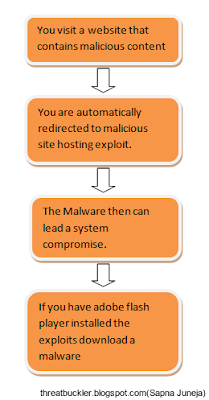WhatsApp has increased
their users from millions to billions due to their multi feature facility in their
application.
One application with lots of features which stolen their users heart now comes up with new feature for there iPhone Customers with new 3D touch Technology for iPhone 6S and 6 Splus Users
iPhone 6S and 6S plus users get ready for new 3D touch
Technology in your new WhatsApp Update 2.12.9.
As other applications Facebook Messenger, Google Plus,
Dropbox etc providing so many features for iPhone Users corresponding to that
WhatsApp Comes with a brilliant idea as always with 3D Touch Technology.
How Does this Technology Beneficial?
“3D touch is the
ability to experience the virtual world in much the same way the real world is
experienced --- intuitively, interactively, and with a full complement of
complex tactile sensations
3D Touch brings a new
dimension to iOS with “Peek” and “Pop,” making it easier for users to get
information at a glance at navigation between applications. And developers will
have free reign over how they want to implement the new technology into their apps.
For Detail”
Use of peek and pop gestures on WhatsApp is now possible
What the new update
brings to iPhone 6S and 6S Plus is the ability to use Peek and Pop gestures
that are heavily dependent on the amount of pressure applied on the phone’s
screen. According to the Apple Store listing, the app’s change log points out
that users will now be able to “quickly Peek and Pop photos, links, videos,
locations and contact cards” that they send and receive when chatting with
friends.
Just to jog your memory, the new 3D Touch technology that made its
debut with this year’s iPhone models allows the smartphones to detect and
differentiate between long pressing and quick-tapping the screen and the
results will be different options on the user interface.
Use More bug fixes in WhatsApp 2.12.9 for iOS
Other than the newly added support for 3D Touch, the new version
of WhatsApp 2.12.9 also comes in with minor improvements in performance as well
as fixes to bugs that affected the previous versions, among them issues with a
viewing of media on older iOS versions. Also, the new app’s UI can now be
quickly mirrored as well as optimized for languages that are written from right
to left, for instance, Arabic.
From the app’s change log in the iTunes App Store,
the developers also shed some light on the Starred messages feature that was
introduced in the previous version. This feature allowed users of WhatsApp to
press and hold on a chat to star it, making the process of finding this message
later easier.
On a separate note, there are some users of iOS 9.1 beta who are
claiming that WhatsApp has received an update that allows them to access a
Quick Reply option.




